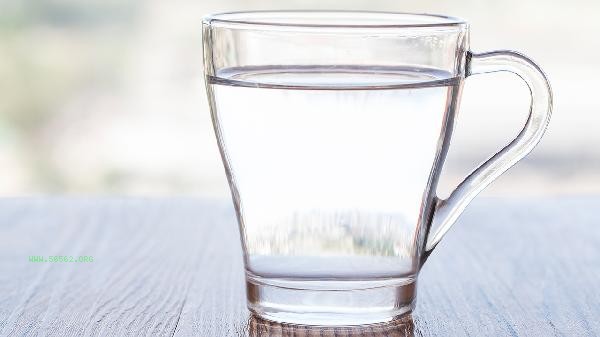If a small amount of water is added to the cooking oil, it can generally be continued to be used, but it is not recommended to use it if it becomes cloudy, odorous, or moldy. The quality of edible oil may be affected by water ingress, mainly related to the storage conditions, oil type, and whether it is treated in a timely manner after water ingress. Whether edible oil can be used after water ingress depends on the amount of water mixed in and the subsequent treatment method. Plant oils such as soybean oil and peanut oil have certain water resistance, and a small amount of water will evaporate during high-temperature cooking, which does not affect safety. However, residual moisture may accelerate the rate of oil spoilage, resulting in a rancid taste or sediment. Animal oil, such as lard, is more prone to microbial growth when exposed to water and should be used with caution. After entering the water, the oil should be avoided from being stored for a long time. It is recommended to use it up in the short term and store it in a sealed and dark place. If there is obvious layering, darkening of color, emission of odor or mold on the bottle wall after the edible oil enters the water, it indicates oxidation or microbial contamination, and continued consumption may cause gastrointestinal discomfort. This type of oil is difficult to completely eliminate risks even when heated, especially for immunocompromised individuals such as children and the elderly who may pose health risks. Degraded oil products need to be discarded and cannot be used for cold mixing or low-temperature cooking.

When storing edible oil on a daily basis, the container should be kept dry to avoid condensation of water vapor. After entering the water, the oil can be left to settle and separate the moisture, and the upper layer of clean oil can be used. Ensure sufficient heating to the smoking point during cooking to kill potential microorganisms. It is recommended to choose small package oil products to reduce the storage time after opening, and regularly check the oil condition. If symptoms such as abdominal pain and diarrhea occur after ingesting spoiled oil, seek medical attention promptly and stop using suspicious oil products.










Comments (0)
Leave a Comment
No comments yet
Be the first to share your thoughts!